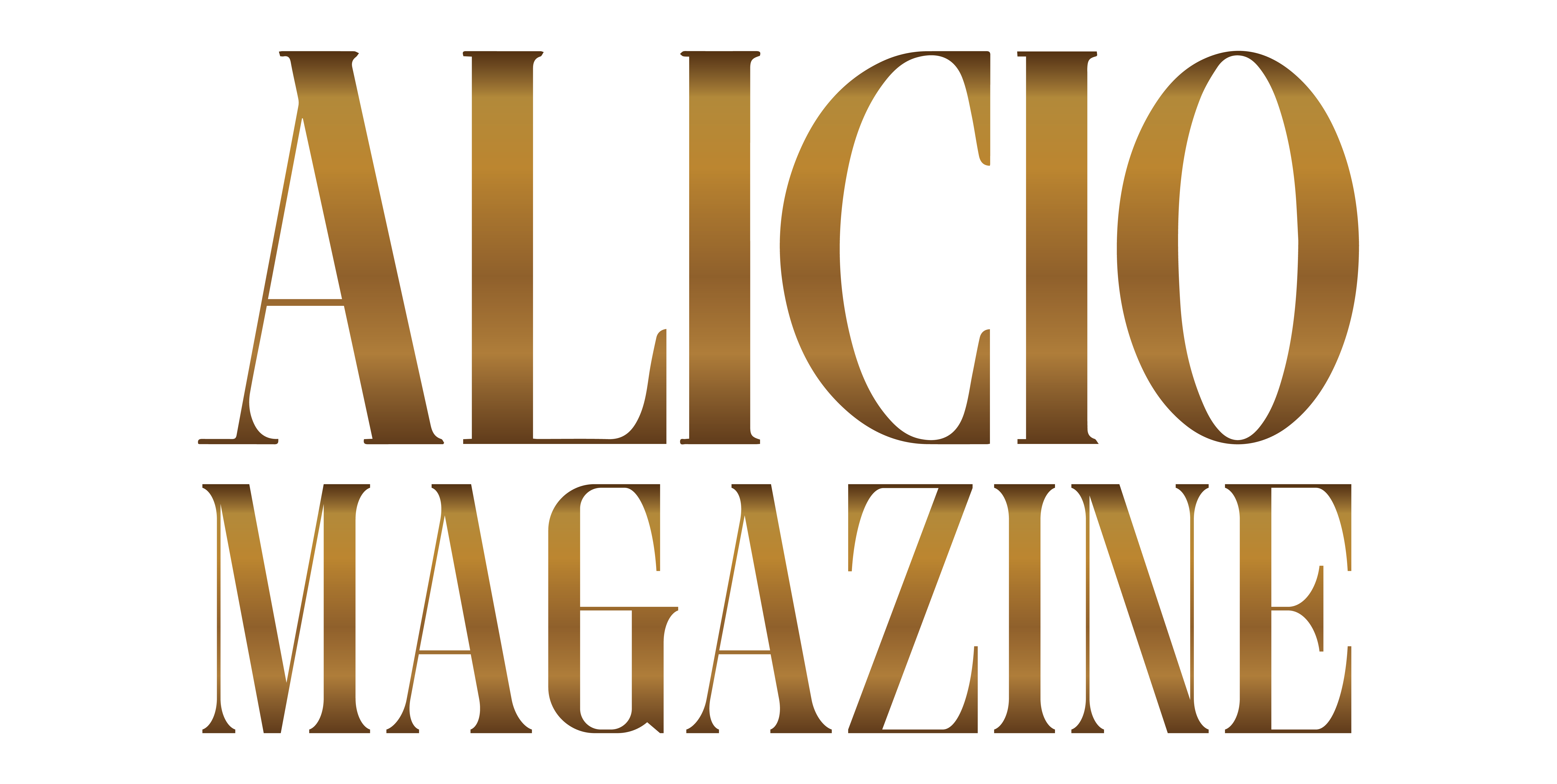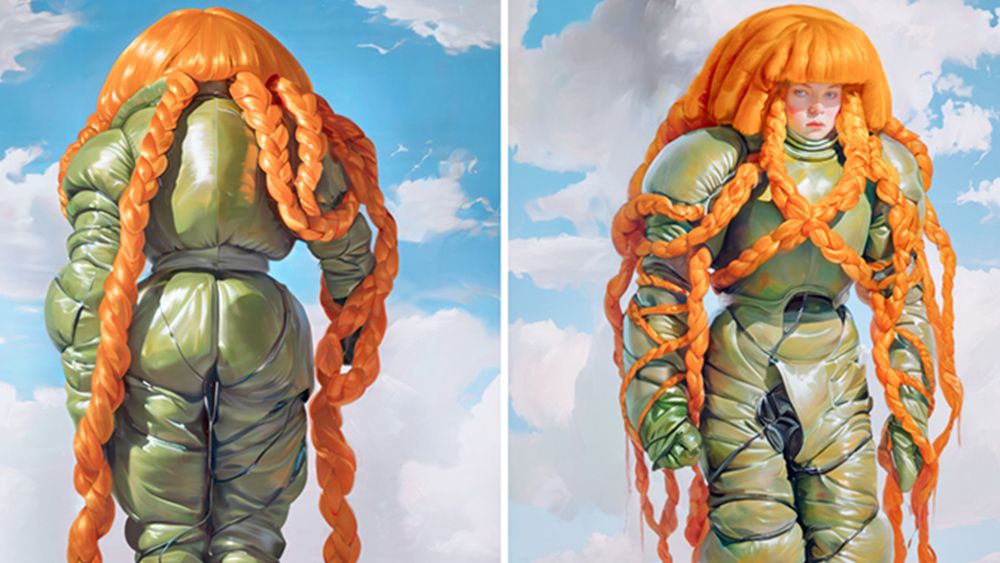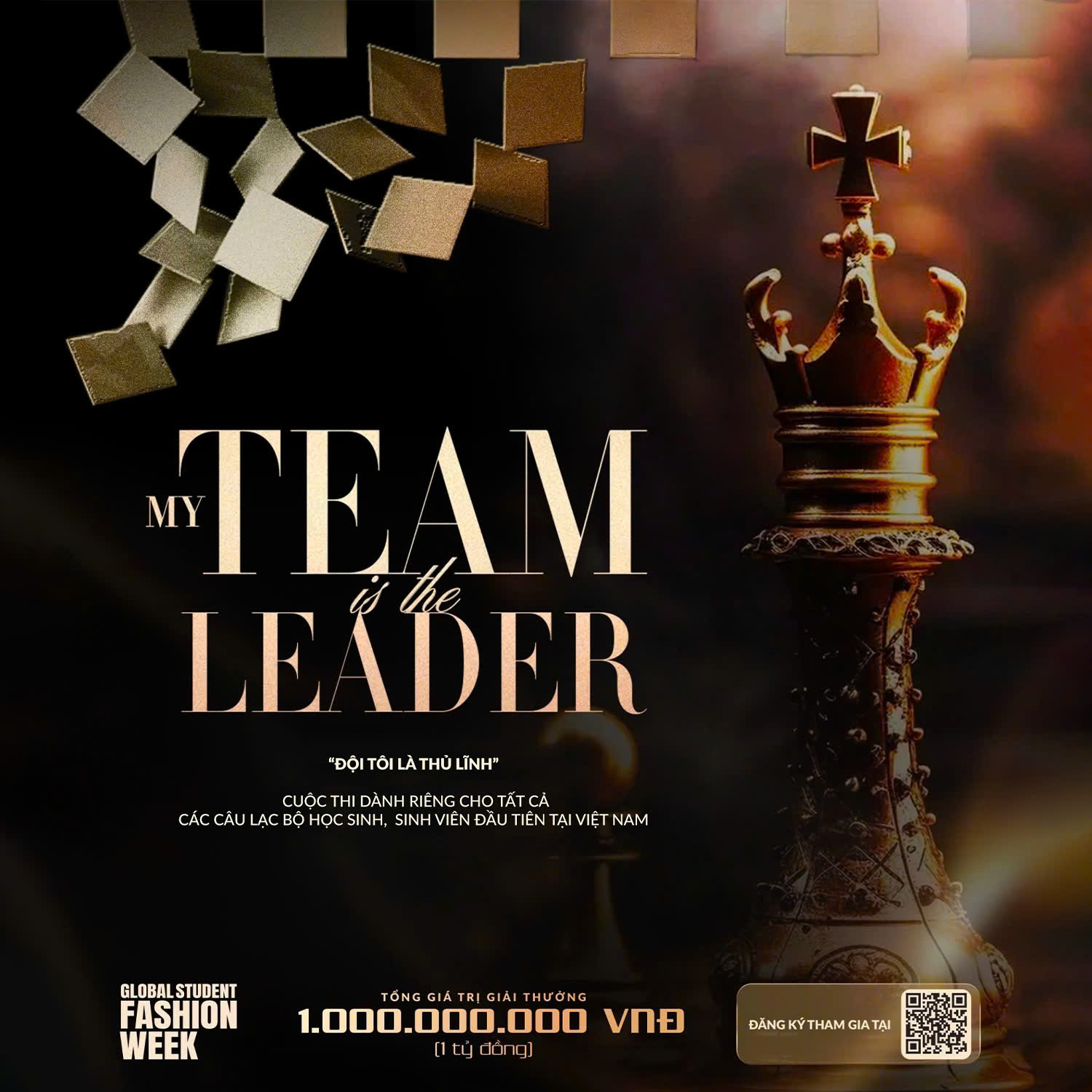Nearly 4,000 people have signed an open letter calling on Christie’s New York to cancel an upcoming sale dedicated solely to art created with artificial intelligence (AI) — the first of its kind for a major auction house — over concerns that the programs used to create some generative digital pieces are trained on copyrighted work and exploit human artists.
The online letter began circulating Saturday, the day after the Christie’s Augmented Intelligence sale was announced. The sale, which the auction house expects will bring in more than $600,000, includes work by artists Refik Anadol, Harold Cohen, Holly Herndon and Mat Dryhurst, Alexander Reben and Claire Silver. The more than 20 lots in the sale span five decades, and roughly one quarter are digitally native works like non-fungible tokens (NFTs), according to Christie’s. Examples of other works in the auction include light boxes and screens, as well as sculptures, paintings and prints. Bidding is scheduled to begin February 20 and run until March 5.
“These models, and the companies behind them, exploit human artists, using their work without permission or payment to build commercial AI products that compete with them,” the letter reads. “Your support of these models, and the people who use them, rewards and further incentivizes AI companies’ mass theft of human artists’ work.”
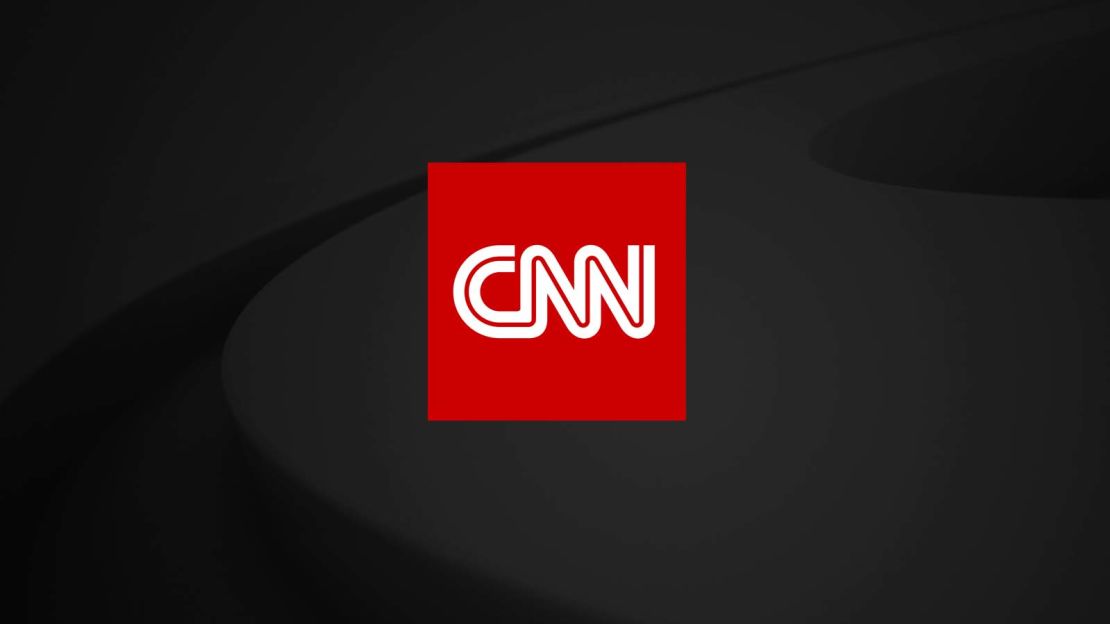
The use of artists’ copyrighted work to train generative AI models that power programs like Midjourney, Stable Diffusion and Dall-E have resulted in lawsuits against the technology companies creating the software. Artists say their work has been used by the AI programs to train models without their permission or financial compensation. The technology companies defend themselves by citing fair use, which allows for the use of some copyrighted material without permission in some cases.
“Why are Christie’s condoning these models by helping sell these works for tens or even hundreds of thousands of dollars, when the models are directly leading to the impoverishment of so many artists that they’ve stolen from?” Ed Newton-Rex, the chief executive of Fairly Trained, a non-profit that certifies generative AI companies for fairer data sourcing, wrote on X.
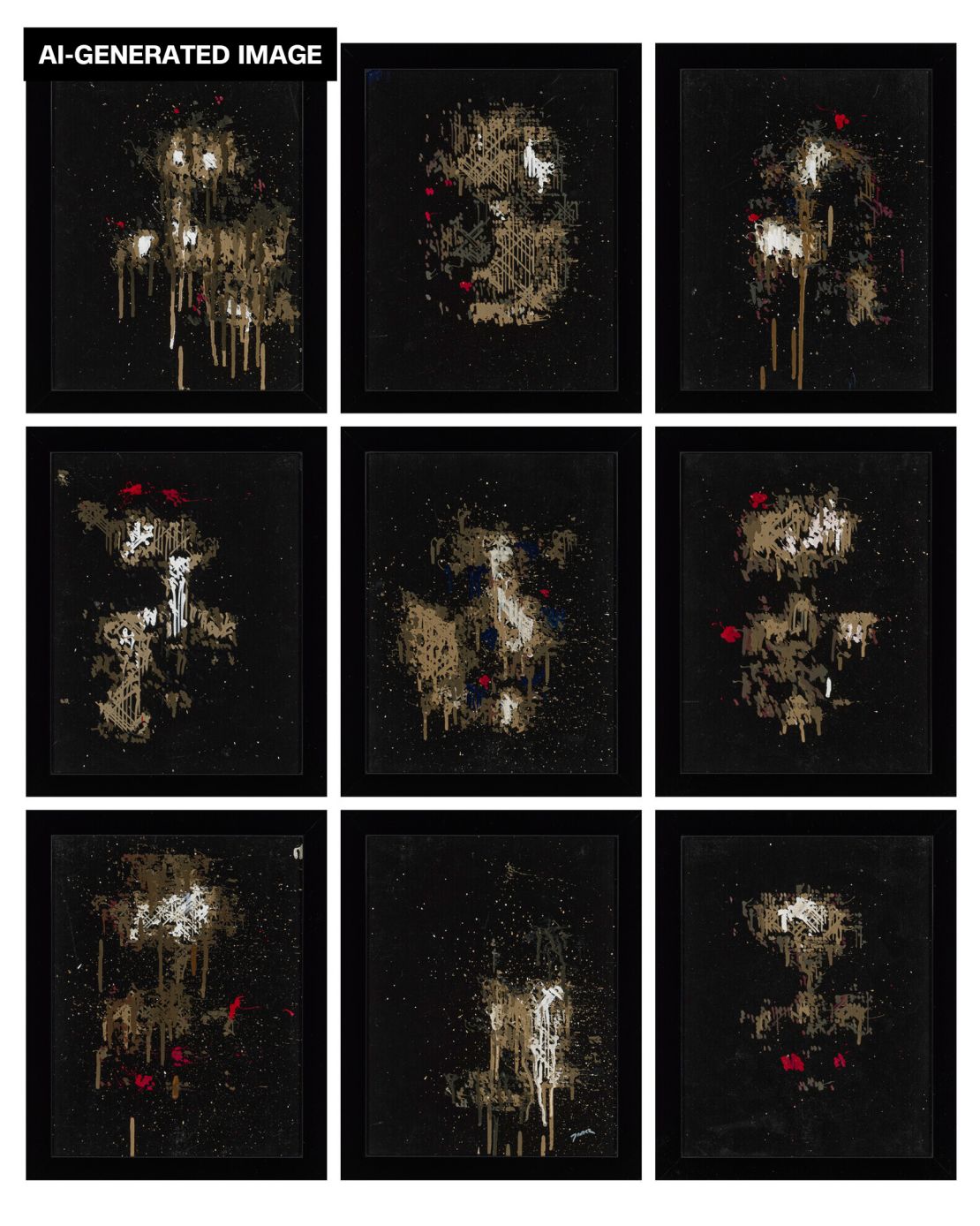
Sarp Kerem Yavuz, an artist whose practice sometimes incorporates AI and whose work is included in the Christie’s sale (and a contributor to The Art Newspaper), says the idea that AI-generated art is theft is based on a misunderstanding of the data sets used in such work.
“Most AI-generated images result from the combination of millions — literally millions — of images, which means no single artist can claim that an image of a meadow, a heroic knight, a cat or a flower was based on their specific creation,” he wrote in a statement. “AI-generated images mimic human inspiration in many ways — they’re just more efficient at parsing through information.”
As AI technology advances and becomes more integrated into day-to-day life, laws regarding copyright and fair use are struggling to keep up. Last month, the US Copyright Office ruled that artists can copyright work they created using AI tools, but that “purely AI-generated material” remains ineligible for protections.
